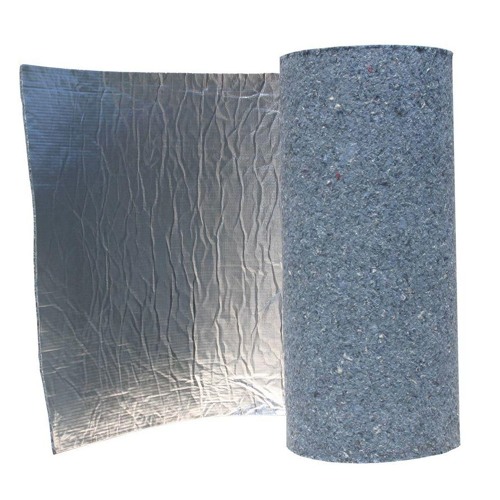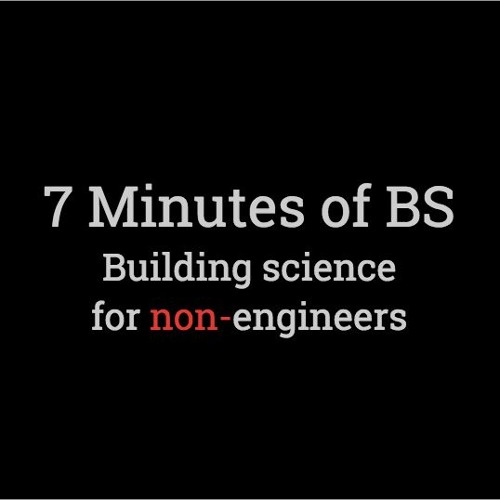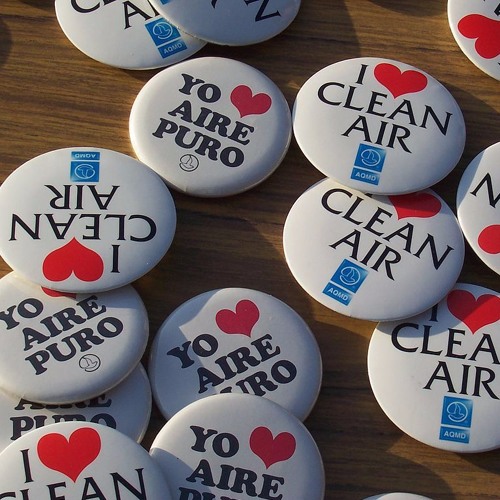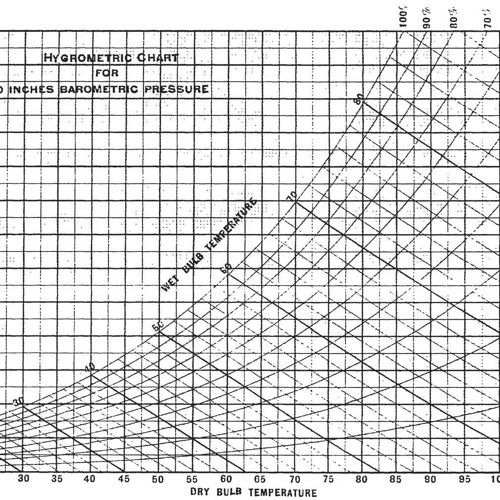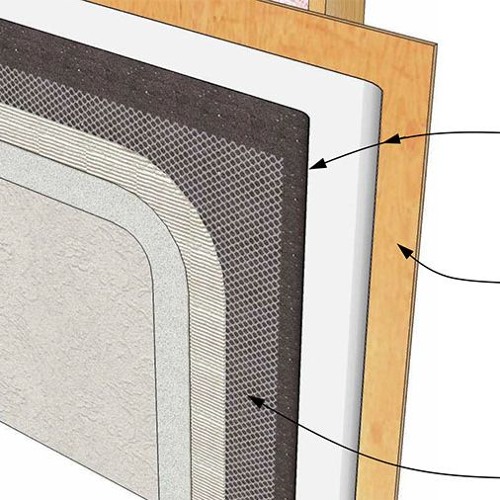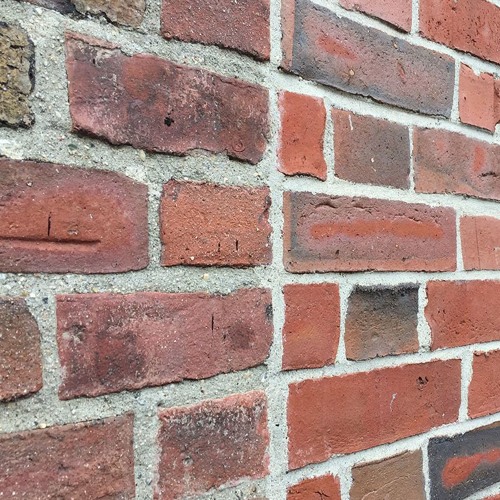Today Ray Garries, Vice President of Engineering and Innovation at MI Windows and Doors joins the show to explain what low-e coatings are, how they work, and why they matter for windows in your home.
What it is:
low-e glass | lō ē ɡlas (n)
low-e glass is a standard glass that has a spectrally selective or solar selective coating on it. It kind of selects which type of light and heat energy passes through.
—Ray Garries
Obviously, we want be able to see through the glass, so visible light should be able to pass through a window. What we don't typically want is the other two parts of the light spectrum peeking in the windows: infrared or ultraviolet rays.
And selective low-e glass filters out the infrared and the UV.
How low-e coatings work
Ultraviolet light, or UV, mostly destroys finishes and fabrics. It is the primary reason that fabric, carpet, and fine woodwork fades.
Infrared is where all your heat comes from, and infrared is actually more than half of the radiation the sun puts out. So there's a lot of infrared radiation, and low-e is designed to block the infrared.
There are two types of coatings that are in common use today. Hard coat and soft-coat, or pyrolytic and sputtered respectively.
Those are the two common types. A hard coat is a pyrolytic process which means they basically put the low-e coatings, which are actually minuscule metal layers that are deposited on the glass, but it's deposited on the glass when it is in a molten state, when the glass is still liquid, and then the glass absorbs basically those metallic coatings and covers it with a layer of glass.
It's often called hard coat because the low-e layer is basically inside the glass.
The second kind is what's called sputtered or vapor deposition coating. The glass is made and cooled, and then you put the glass through a vacuum chamber and basically sputter metallic coatings onto the glass along with a lot of other things, like anti-reflective coatings and protective coatings.
Turns out, a lot of sputter coats are up to twenty layers thick with coatings. But they don’t just sputter or pyrolyze low-e anywhere. The coatings need to go onto specific surfaces within a double or triple glazed window sash.
When you have an insulated piece of glass, you have four surfaces. The outside surface is one, the inside of that first pane is two, the outside of the second pane is three, and then inside towards your house is four. They're typically on surface two and three. All that's changing a little bit now, but typically, what you buy is on two and three.
To stop heat from coming into the house, engineers put low-e coatings on surface two. To keep heat in the house, they put the coating on surface three. The reason is that it is closer to the sun on surface two. The third surface is closer to the inside of the house and you can reflect some of the heat back that's trying to escape in the wintertime.
It’s a little more than the one pane of glass being a quarter-inch closer to the sun. It is also that that quarter-inch gap has insulating gas in it. If you can reflect heat before it goes into the insulating gas, the insulation can a better job of insulating against less heat. The airspace or gas space that's between the two panes affects how the coating is utilized.
Which brings up a distinction in how the different coatings work. Obviously, the insulating properties of low-e are a little bit different than we talked about before.
One, before we were blocking the sun. When you're using a low-e coating as an insulating surface, many times it's a nighttime function, where you have a warm house that you've heated during the day or the sun has heated it, and you want that heat to stay in the house. The thermodynamics tell you that the heat is always gonna flow toward the cold, so the heat inside your house wants to leave through the window and go outside where it's cold.
The low-e coating on the third surface blocks infrared heat from leaving your house, where it actually reflects that infrared back in and keeps it warmer.
In a hot, sunny climate, you would like to go on surface two. Again, you're trying to block the sun infrared out as far as you can. You'd rather not heat up that space inside the insulated glass by allowing the infrared to enter. You block it before it gets into that space. So you have more solar heat gain reduction in a two, in surface two.
When the sun is in the sky, it is the heat source. When the sun is not in the sky, you and the heat source. And so is everything that was heated by the sun during the day.
Why low-e coatings matter
Heat tries to escape a house many ways, and radiation is one of them. During the day, the floor, walls, couch, and your can of beer, absorb heat. At night, they emit that heat (except the can of beer, which is empty by now and has already come to equilibrium with its surroundings). This heat loss is sometimes referred to as long-wave radiation, but it is still Infrared radiation.
It is radiating infrared out and you're trying to stop it from leaving. So that's what the low-e coating helps with there. It keeps that heat that you are generating personally, or you've already paid for in your heating bill, from leaving the house. And that's why it's important to understand infrared works both ways.
low-e coatings are basically radiant barriers, that are not very good at being barriers. They’re more like a screen than a barrier, but the physics works the same way.
They can stop a tremendous amount of heat, and they make sense in situations where it is difficult to insulate: like space suits and windows. Unlike space suits, low-e coatings for windows are relatively cheap, so low-e technology is a really inexpensive and easy way to improve the comfort of a home.
Not just the energy performance.
In the summertime, obviously, our air-conditioning system is designed to remove excess heat from solar, and if you use the right low-e coatings, you can dramatically decrease your air-conditioning load,
Which saves energy, but even beyond that, it just increases the comfort of a room. If you have a sunny room that even has a good air-conditioning design, it can still be uncomfortable in the middle of the day or in the later parts of the afternoon.
In the north, it isn’t quite as straight a path. You normally want some heat gain, but you also want to keep the heat in at night. You want to let some of the heat in during the day and keep it in during the night. So you want a little bit more solar gain in a northern climate that you would if you lived in the extreme southern climates.
In southern climates, you're really very much worried about blocking solar gain most of the months of the year, whereas in the north you don't have that.
So low-e coatings are a thing that you can kind of tune in a house.
—We'd like to thank MI Windows and Doors for supplying expert talent to the podcast. If you like this podcast, subscribe: iTunes | Google Play | SoundCloud and then share it through Facebook, Twitter, LinkedIn, SnapChat, or however you reach out to your peeps.
![]()
